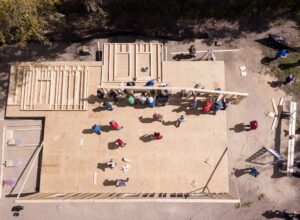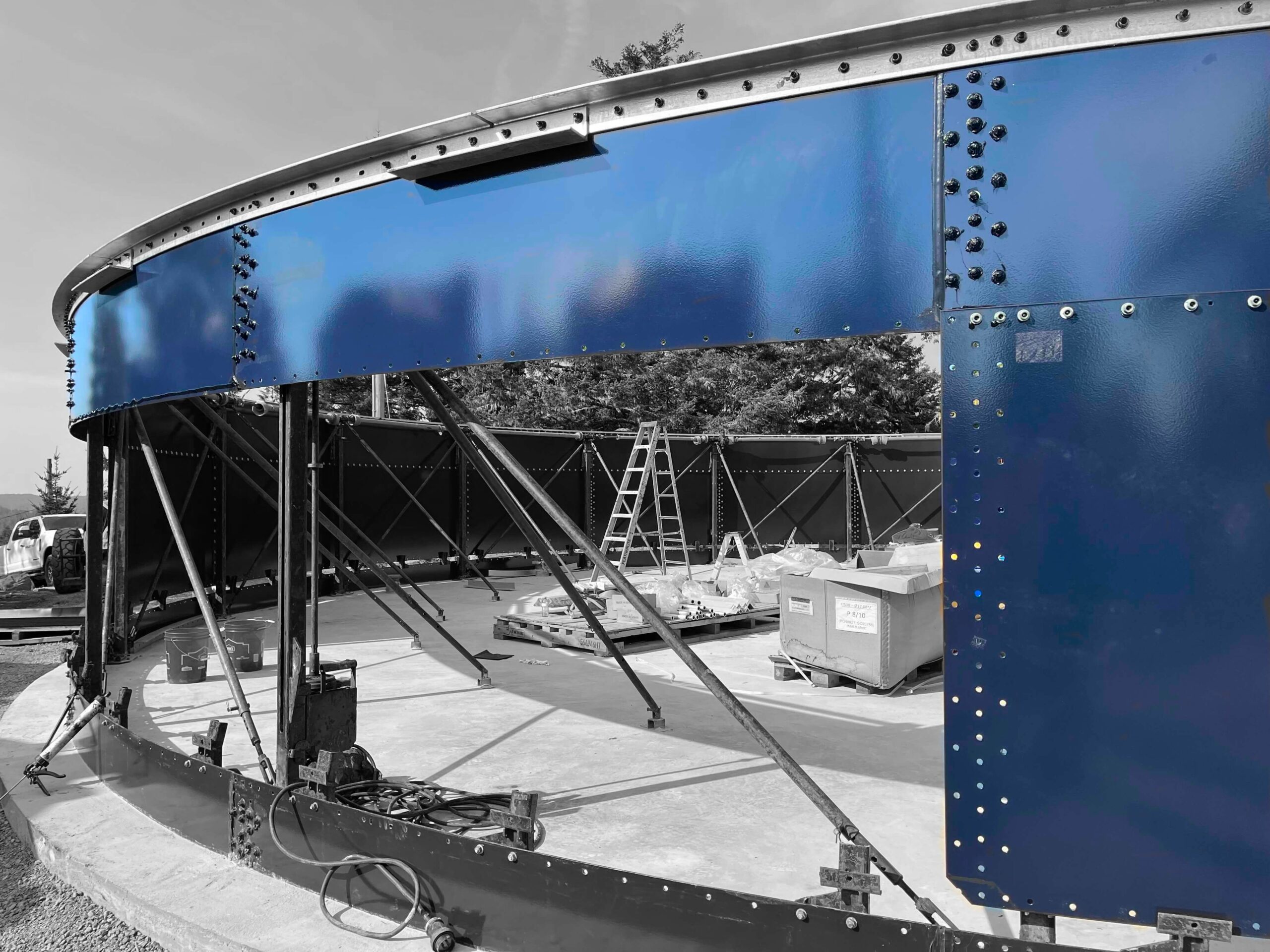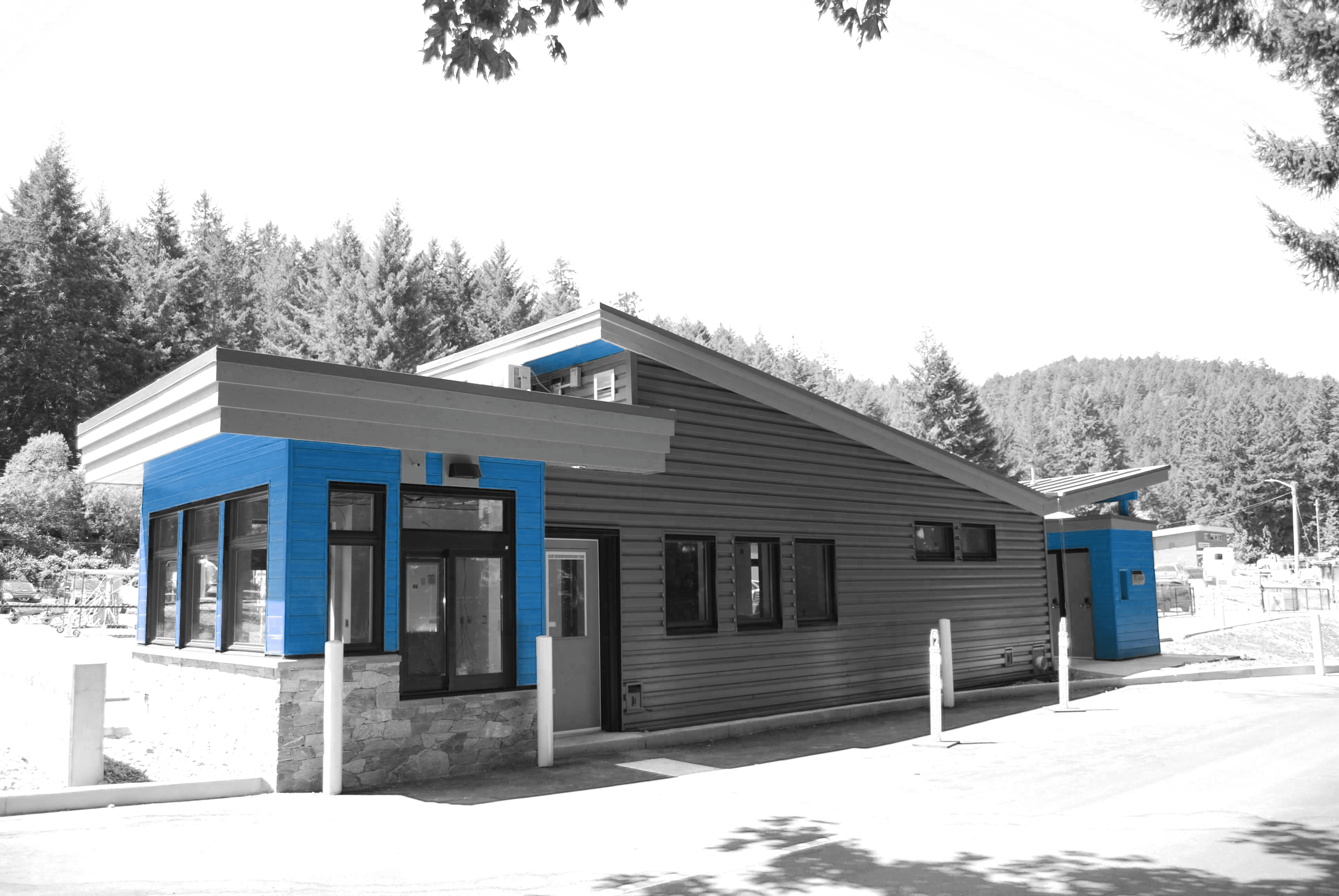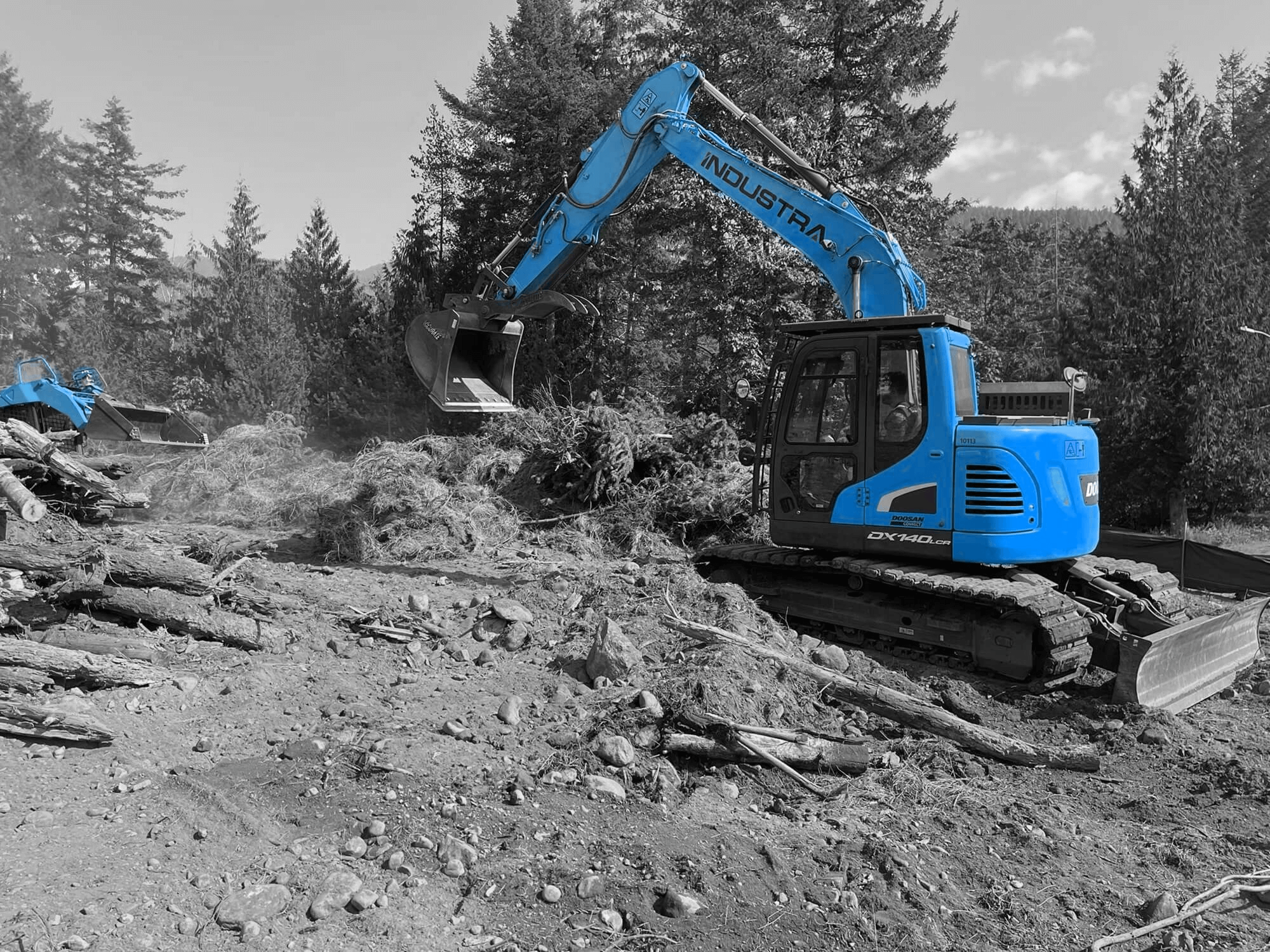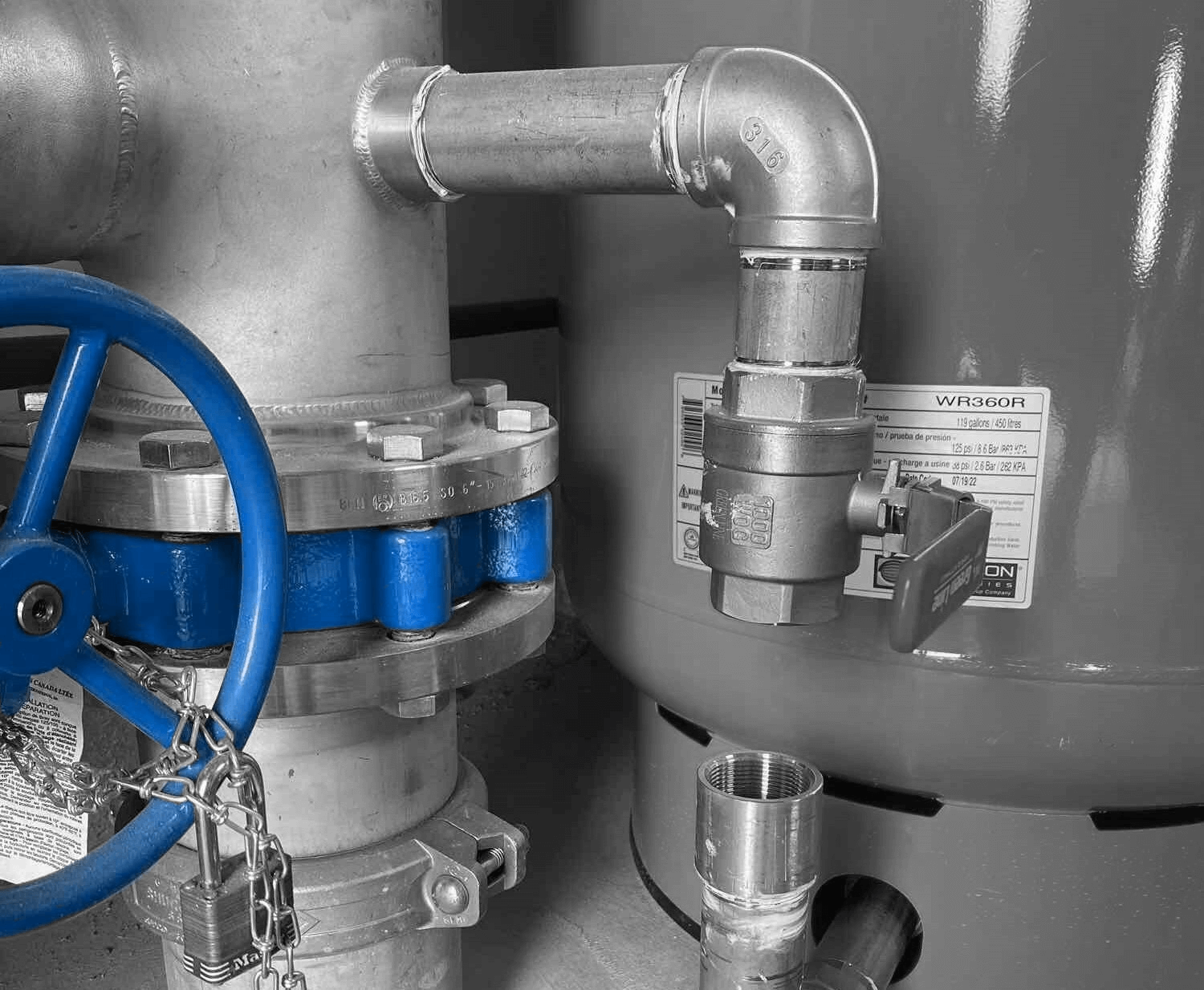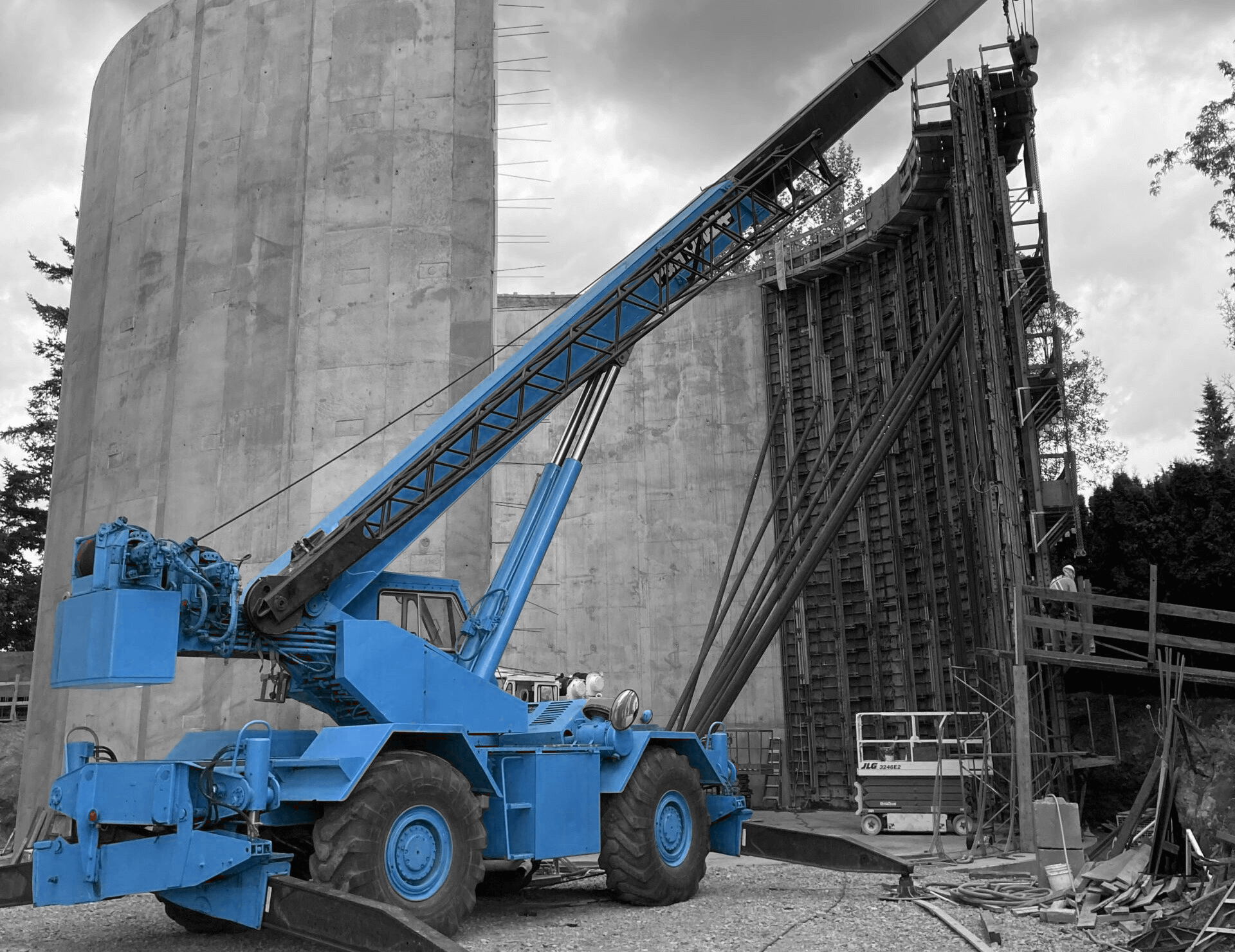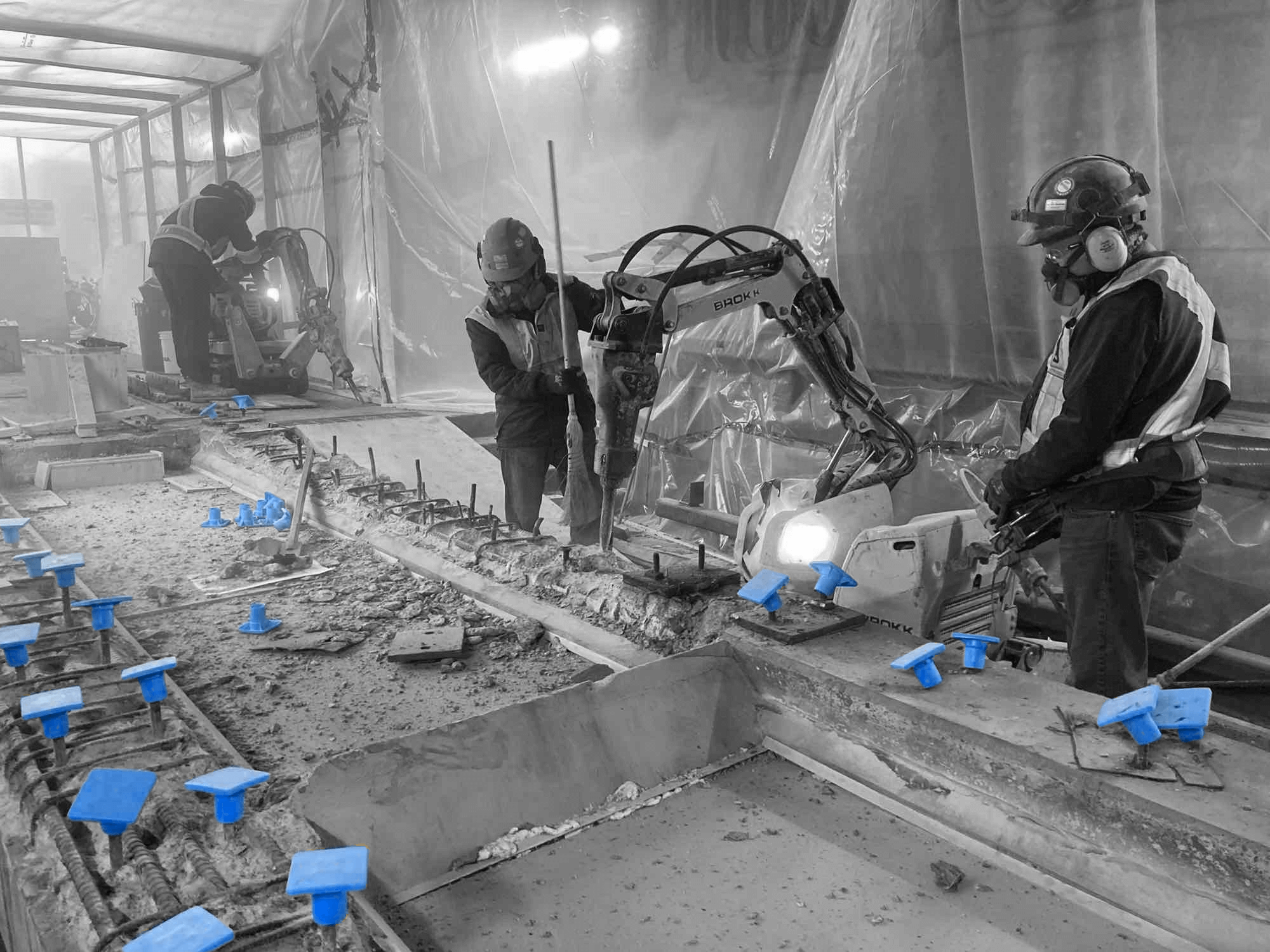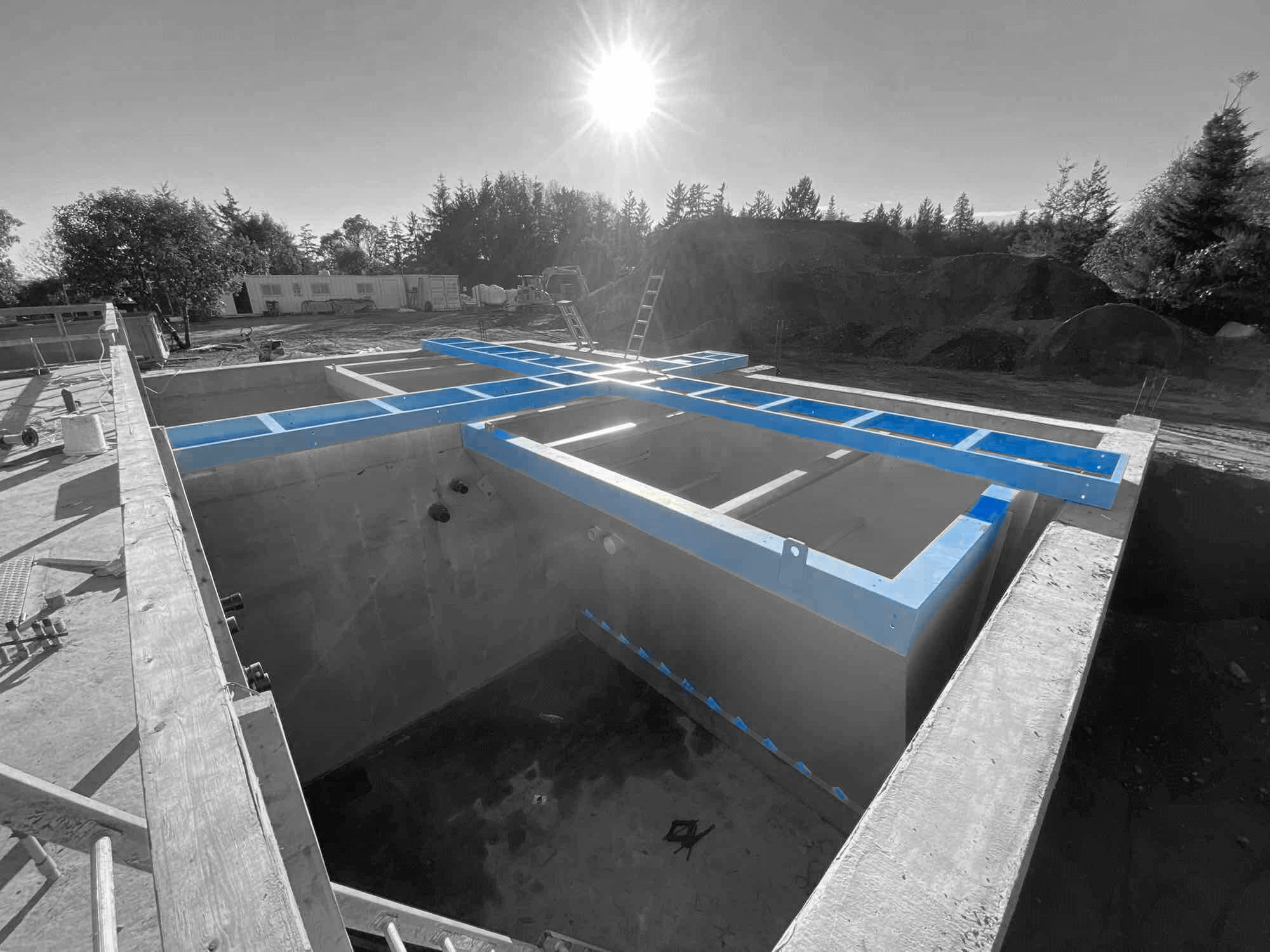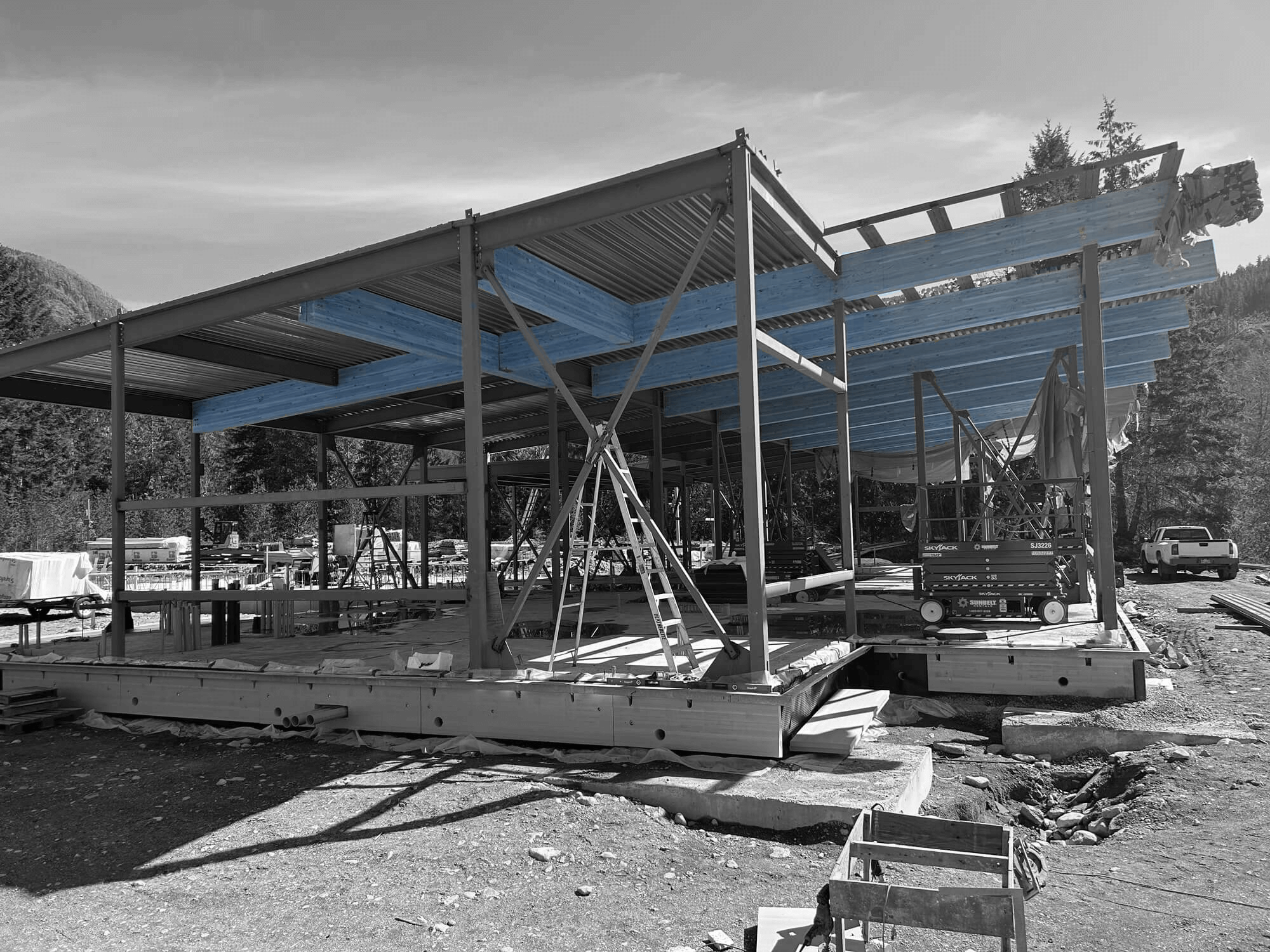Meta Title: Efficient Construction Management Strategies
Construction management plays a key role in ensuring projects are completed on time, within budget, and to desired quality standards. It’s not just about overseeing workers and materials; it’s about creating a seamless process from start to finish. For many regions, like Surrey, Mississauga, and Ontario, mastering construction management can mean the difference between a project that thrives and one that flounders. Being in the know about effective management strategies can prevent costly delays and ensure everything runs smoothly.
Consider the bustling expansion in cities such as Surrey, where infrastructure developments are always on the horizon. Here, construction management serves as the backbone of successful projects. From pre-planning to execution, the strategies involved ensure that every element falls into place, from coordinating teams to handling unexpected challenges. Whether you’re working on a small or large scale, understanding these techniques is crucial for anyone invested in the world of construction.
Planning and Scheduling
One of the pillars of efficient construction management is solid planning and scheduling. Without a clear roadmap, projects can quickly veer off course. Think of scheduling as drawing the blueprint before building. A detailed project plan is your guide, helping you visualize the steps needed to reach completion.
Here are some key steps to effective planning and scheduling:
– Define Objectives: Start by clearly laying out the project’s goals and scope. What are you aiming to achieve, and what resources will you need? This clarity helps in setting realistic milestones.
– Create a Detailed Timeline: Break down the project into manageable phases, and assign timelines to each. This timeline becomes a crucial tool for tracking progress and identifying potential delays early on.
– Utilize Digital Tools: Embrace technology by using software like Microsoft Project or Primavera. These tools offer advanced features for monitoring tasks, resources, and deadlines, making it easier to keep everything on track.
– Allocate Resources Wisely: Ensure that you have the right people and materials when you need them. Smart resource allocation can prevent bottlenecks and ensure that each phase of the project proceeds without hitches.
For instance, consider a project involving the construction of a new commercial building in Mississauga. By implementing a detailed schedule and utilizing project management software, managers can track the progress of foundation work, structural assembly, and finishing touches more efficiently. This attention to detail in planning not only keeps things running smoothly but also ensures that everyone involved is on the same page.
Effective planning and scheduling offer a structured approach to completing projects on time and within budget. With the right tools and strategies in place, construction management can be less of a headache and more of a streamlined journey towards success.
Resource Management
Managing resources efficiently is another cornerstone of effective construction management. Without the proper allocation of manpower, materials, and money, projects can grind to a halt. It’s like ensuring a car has enough fuel; without it, you won’t get far.
The first step in resource management is identifying the right talent for each task. Skilled workers and proficient managers are critical to staying on budget and meeting project deadlines. Along with having the right team, keeping track of materials is important. Ensuring you’re stocked with necessary materials prevents disruptions and avoids rushing, which might lead to overspending.
Balancing cost with quality is tricky yet necessary. Skimping on quality for the sake of saving money might result in a finished product that doesn’t meet standards, leading to future costs. A few tips for efficient resource management include:
– Accurate Budgeting: Before breaking ground, create a detailed budget. Consider labour costs, material prices, and potential risks that might demand extra expenses.
– Forecasting Demand: Anticipate and prepare for changes in material availability or labour demand. Use forecasting tools for predicting future requirements, helping to prevent unexpected shortages.
– Regular Monitoring: Keep a close eye on resource consumption. If something’s amiss, quick interventions can help keep things on track.
A practical example is seen in municipal projects across Ontario. These projects often require precise resource coordination to construct expansive water treatment plants. Ensuring such intricate operations run smoothly takes careful planning and resource allocation.
Communication and Collaboration
Seamless communication keeps a project running like a well-oiled machine. With clear and continuous communication, all parties involved know exactly what’s expected of them, reducing misunderstandings. Additionally, collaboration among various stakeholders ensures that expertise from different fields contributes to a project’s success.
Visual tools and dashboards, for example, are excellent at keeping everyone informed. These tools present important updates and progress in an easy-to-understand format, ensuring no one is left in the dark. Implementing regular meetings, whether on-site or virtual, helps maintain a cohesive team atmosphere.
Some strategies to foster better communication and collaboration include:
– Regular Briefings: Scheduled meetings for updates can keep all stakeholders accountable and informed.
– Open Communication Channels: Establish channels such as emails, instant messaging, or project management platforms that allow immediate sharing of information.
– Stakeholder Engagement: Regularly engage with stakeholders to understand their needs and concerns, ensuring they align with project objectives.
Highway expansion projects in Ontario often rely on consistent communication between regional planning authorities, contractors, and community committees. Regular updates and engagement keep everyone aligned, allowing challenges to be identified and addressed early.
Quality Control and Assurance
Quality control is akin to building inspections during home renovation. Regular checks ensure everything remains up to standard. Maintaining high construction standards prevents costly rework and guarantees safety and functionality.
Setting up a routine for inspections and audits offers peace of mind in knowing elements such as materials and workmanship meet set standards. Encouraging a culture focused on quality assurance also means training teams to pay attention to detail, reducing potential errors.
Effective quality control involves:
– Regular Inspections: Conduct thorough audits at various project stages to catch and address issues promptly.
– Feedback Mechanisms: Establish channels for team members to report problems and suggest improvements.
– Training Programs: Invest in training for project personnel to enhance their understanding of quality standards and expectations.
Consider the construction of institutional buildings for universities in Ontario. These projects demand strict adherence to quality standards not only for aesthetics but for durability and safety, ensuring the well-being of occupants for years to come.
Safety Management
A safe working environment protects the workforce and minimizes project delays. Implementing strong safety protocols keeps operations smooth and staff morale high. It’s like ensuring everyone in a football game understands the rules and wears the right gear to avoid injuries.
Fostering a culture of safety involves clear guidelines and regular safety drills to keep staff informed about best practices. Providing appropriate training and equipment ensures everyone can perform their duties without unnecessary risk.
Key components of effective safety management include:
– Clear Safety Protocols: Develop and maintain clear safety guidelines that are easily accessible to all team members.
– Safety Training Programs: Offer regular training sessions on safety equipment use and emergency procedures.
– Safety Audits: Conduct regular evaluations of safety practices on-site to ensure adherence to established protocols.
Infrastructure projects often seen in BC, like bridge constructions, have especially stringent safety requirements. Coordinated efforts to maintain these standards can dramatically reduce the likelihood of accidents, keeping projects on schedule and within budget.
Bringing It All Together
Integrating these strategies into a cohesive construction management plan brings harmony to what can sometimes be a challenging process. Anyone involved in large-scale projects should take into account the importance of resource management, communication, quality control, and safety management, as these elements support overall project success.
These elements work together like a symphony, ensuring projects are executed efficiently and effectively. Applying these strategies in your future projects can help turn potential chaos into success, keeping everything on track and satisfying stakeholders while achieving goals.
Integrating the right strategies in construction management can make a significant difference in the success of your projects. For those looking to deepen their understanding of effective management techniques, consider exploring how Industra Construction Corp. can support your goals. Discover more about efficient practices and how they improve project delivery on our construction management page. Let us help turn your challenges into achievements.





